Wood Shop: A Beginner's Guide to Buying a Low-Cost Steel-String Flattop Acoustic Guitar
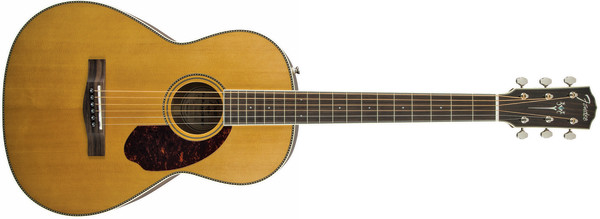
In the not-too-distant past, going shopping for a low-cost acoustic steel-string flattop guitar was a journey into the musical instrument industry’s heart of darkness. Shoppers who ventured into retail shops discovered a jungle littered with inferior-quality guitars that could alternately be used as torture devices, made out of woods of questionable provenance and bound together with enough glue to build 200 scale models of the Titanic. Good sounding, playable instruments were out there, but finding one required patience, perseverance and more than a little luck, as they were the rare exceptions.
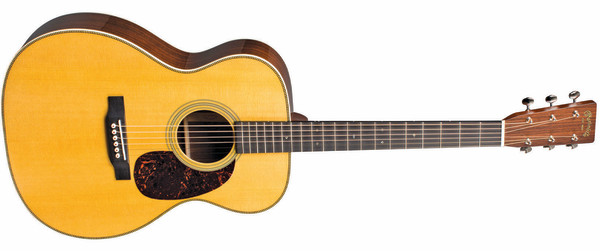
The market for quality entry-level acoustic guitars started to improve significantly about a decade ago, and today one is more likely to find a good instrument than a bad one. However, that doesn’t mean you should just blindly stumble into a music store with a wad of bills yelling, “Shut up and take my money!”
In fact, because there are literally hundreds more choices in the sub-$1,000 range than there were even just a few years ago, it’s more important than ever to know what you’re looking for so you can focus on finding the guitar that is perfect for your wants and needs. With a little extra effort and know-how, it’s possible to find a guitar that you can enjoy for a lifetime or at the very least until you’ve saved up enough money for a more expensive replacement.
SHAPES OF THINGS

One of the most helpful ways to narrow down your choices is by deciding which body style you prefer. Two decades ago about 90 percent of the entry level steel-string acoustic flattops were dreadnought models, but today you can find anything from mini travel guitars to plus-sized jumbos. Mini, baby and fractional-sized instruments (3/4, 1/2, etc.) are obviously smaller than standard-size guitars, and the scale lengths are usually shorter as well, which makes these instruments ideal for travel or players with smaller hands (such as young children).
Next up in size are “parlor” guitars, which have small, compact body dimensions but usually have full-size necks. There’s also a wide variety of small-and medium-size guitars, such as Martin 0-, 00- and 000- acoustics (with 0 being the smallest), Taylor’s Grand Concert models and certain Gibson vintage L series guitars (like the L-00, L-1 and L-2). Once the body measures 16 inches in width or larger, it’s considered a large guitar, which would include Martin’s iconic dreadnought design, Taylor Grand Symphony and Grand Orchestra models and Gibson jumbo models.
Usually acoustic guitars with larger bodies deliver louder volume output and bigger bass that makes them ideal for rhythm playing in solo or small ensembles. The cannon-like projection of a dreadnought acoustic is particularly ideal for bluegrass, country and rock single-note solos as well as rock and country rhythm playing. Small-and medium-size guitars often have well-balanced frequency response across the treble, midrange and bass that makes them ideal for fingerstyle playing and more nuanced rhythm playing, but some can be almost as loud and powerful as dreadnought and jumbo models. Mini and parlor acoustics lack the bass response of larger guitars, but this can make them ideal for playing solos, integrating with other instruments in a band or being amplified onstage.
Get The Pick Newsletter
All the latest guitar news, interviews, lessons, reviews, deals and more, direct to your inbox!
MATERIAL GOODS
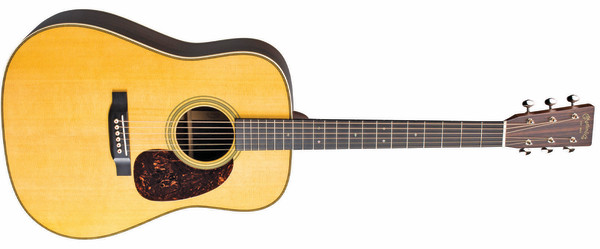
After body size and shape, the next most important feature that defines a steel-string flattop guitar’s tone is its body materials. Many entry level steel-string flattop acoustic guitars have laminated construction, particularly instruments priced lower than $400. Sometimes just the back and sides are made of laminated materials, but often the top is made of laminated material as well. Acoustic purists frown on laminated tops as the various layers and glue holding them together can restrict the top’s vibration, resulting in less volume projection, dynamics and nuances. However, if you plan on amplifying your acoustic guitar this can be a benefit as the guitar will be less likely to feed back in loud performance conditions.
While a guitar with laminated back and sides is generally considered less desirable than a comparable instrument with its back and sides made of solid materials, the differences here are subtler. Spanish luthier Antonio de Torres, who innovated the modern classical guitar design, once built a guitar with paper maché back and sides as an experiment and determined that the top influenced a guitar’s sound much more than the back and sides. That’s because the top functions like a speaker, vibrating back and forth to amplify sound, while the back and sides are more like a speaker cabinet and mainly need to be solid and resonant to help project the top’s vibrations.
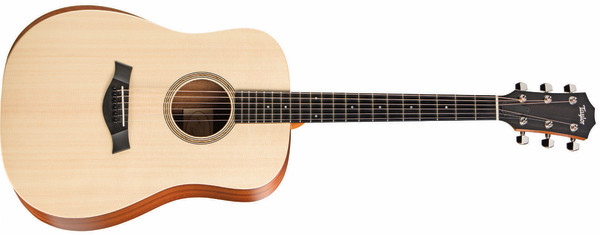
Acoustic guitar tops are usually made of spruce, which offers the ideal balance of strength, flexibility and light weight. Cedar is another popular top material, but its tone is somewhat warmer and richer as it’s not as stiff as spruce. Mahogany and maple tops are other options, with both providing strong, focused tone with impressive volume output, but the tone of mahogany and maple is not as rich, complex or nuanced as spruce or cedar.
The most common materials for the back and sides of an acoustic steel string are rosewood and mahogany, but a wide variety of other tone woods like acacia, cherry, nato, sapele and walnut are being used more frequently today as the prices of rosewood and mahogany increase and the sustainability of those woods becomes more challenging. Most traditionalists still scoff at guitars built from composite materials and plastics, but in a blind listening test, few could probably tell the difference.
NECK DEEP
Playability is equally as important as tone, and fortunately most acoustic guitars made today are a huge improvement over the budget beasts of yesteryear, which often had painfully high action, shoddy fretwork with poor intonation and inferior materials that were susceptible to warping and twisting. These flaws are uncommon today, and buyers are now free to consider more personal preferences such as neck profile, scale length and neck width.
The most common neck profile is a C shape with moderate depth, but an increasing variety of low-cost models also offer vintage-style V-shaped profiles, deep U-shaped profiles, flat, slim profiles, curved asymmetrical profiles and more. Scale lengths typically range from 24 to 25.5 inches, with 24.4 inches being a common standard, but baby and travel guitars usually have shorter-scale lengths, and recently several long-scale baritone and multi-scale models have broken the $1,000 price barrier. Similarly, various neck widths are available, ranging from narrow nut widths that are ideal for players with small fingers to wide nut widths that facilitate clean fingering for fingerstyle playing.
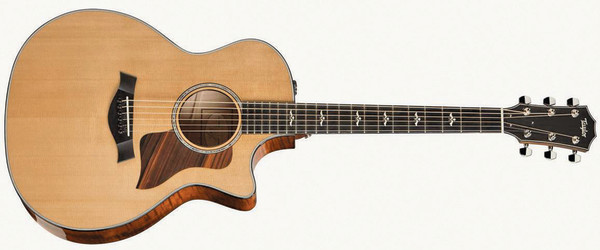
Where the neck joins the body is another important consideration that can influence both how an acoustic guitar plays and how it sounds. Necks that meet the body at the 14th fret are still the most common design, but 12-fret necks are increasing in popularity as many players have discovered the tonal benefits of this design, particularly with small-and medium-sized instruments where a 12-fret neck design can enhance bass and volume projection. A cutaway body design is also a consideration for guitarists who prefer access to the entire fingerboard, although the smaller resonant chamber of a guitar with a cutaway body can result in decreased volume output, less powerful bass and thinner treble.
ACE HARDWARE
While acoustic guitar hardware has improved in quality significantly in recent years, it still can be one of the telltale signs of compromises that were made to keep a guitar’s cost low. Check the tuners to make sure they turn smoothly, feel solid and don’t slip. Also make sure the strings don’t stick in the nut, the spacing between each string is consistent and the nut isn’t cut too low (which will cause notes played on the lower frets to buzz) or too high (which can make it difficult or even painful to fret lower notes). The saddle should be perfectly perpendicular to the bridge at a 90-degree angle—if it’s leaning forward or backward the guitar’s intonation and tone will suffer. The bridge should fit flat and solidly against the top, and the bridge pins should fit snugly into their holes without sticking out too far or in too deep in the bridge.
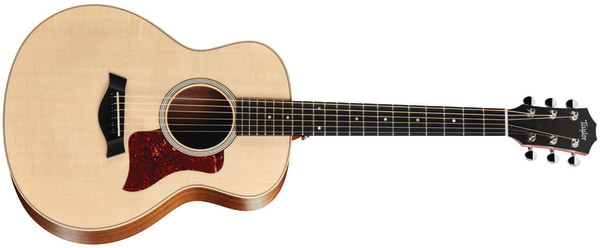
Replacing tuners and bridge pins is inexpensive and easy to do (in fact, replacing cheap plastic bridge pins with ones made of higher quality material is one of the cheapest and easiest ways to improve an acoustic’s tone), but reattaching a bridge, installing a new saddle and cutting or replacing a nut are tasks that are better left to experienced repair techs, which can be costly. Built-in electronic systems for guitars in this price range are generally good, but be aware that if something should go wrong with the system in the future you might not be able to find a new replacement system that fits in the same mounting holes.
Probably the most important and helpful recommendation I can make based on my own experience is that you should visit a few stores and play a few different guitars (even of the same make and model) before you buy. While you can save a few bucks buying a guitar via mail order, I’ve found that the tone of inexpensive acoustic guitars can vary more dramatically than most other guitars. If you’ve really bonded with the sound and playability of a guitar that you played in a store, you should buy that exact guitar instead of buying the same model for cheaper online, as the sight-unseen guitar might not be as good.
Chris is the co-author of Eruption - Conversations with Eddie Van Halen. He is a 40-year music industry veteran who started at Boardwalk Entertainment (Joan Jett, Night Ranger) and Roland US before becoming a guitar journalist in 1991. He has interviewed more than 600 artists, written more than 1,400 product reviews and contributed to Jeff Beck’s Beck 01: Hot Rods and Rock & Roll and Eric Clapton’s Six String Stories.

![A black-and-white action shot of Sergeant Thunderhoof perform live: [from left] Mark Sayer, Dan Flitcroft, Jim Camp and Josh Gallop](https://cdn.mos.cms.futurecdn.net/am3UhJbsxAE239XRRZ8zC8.jpg)









